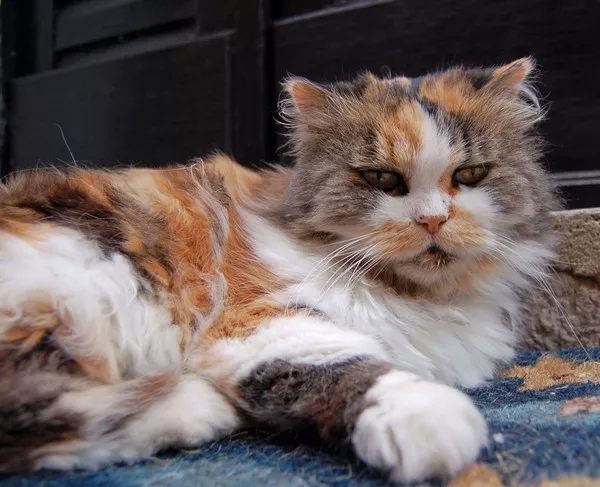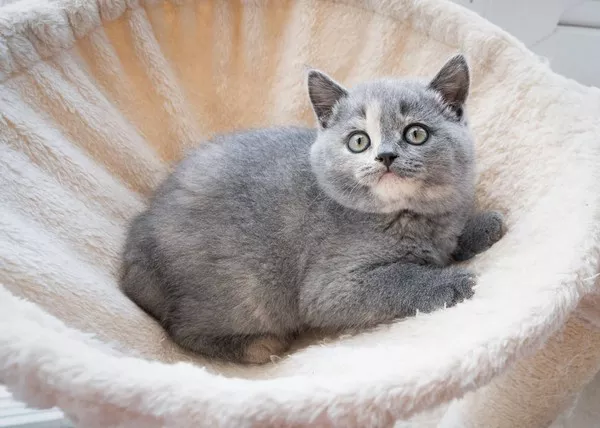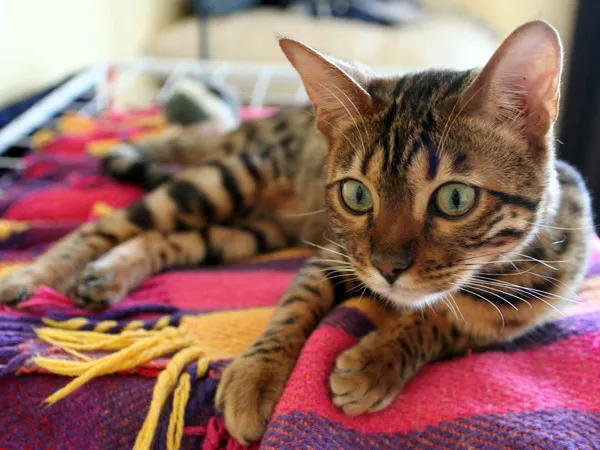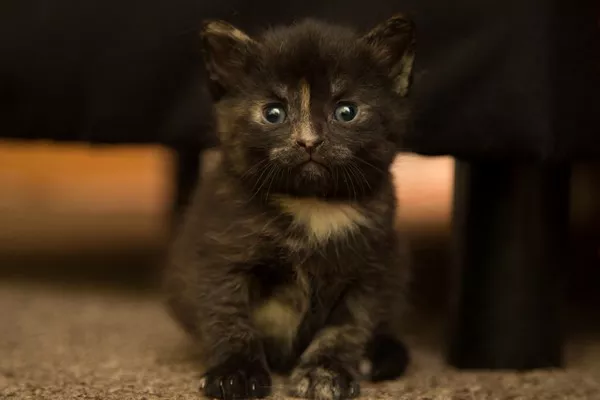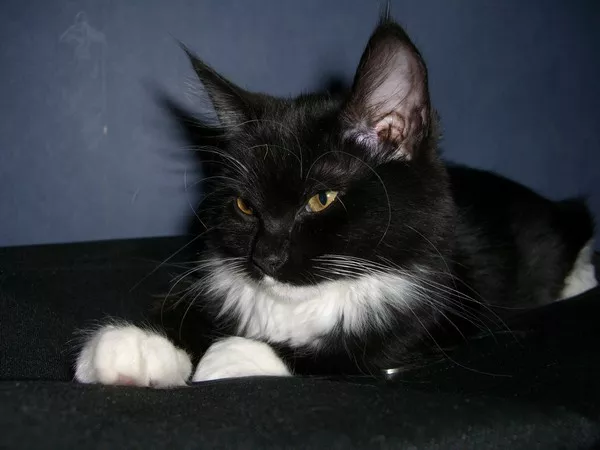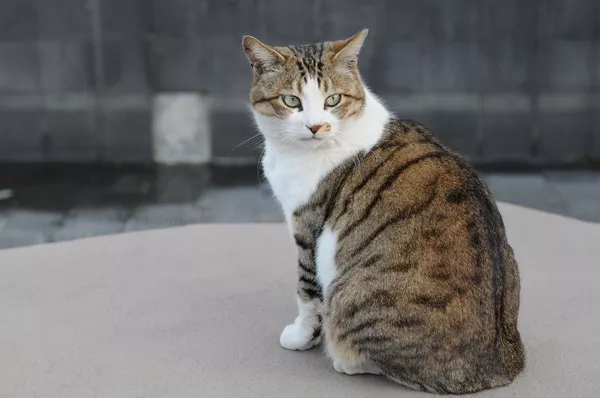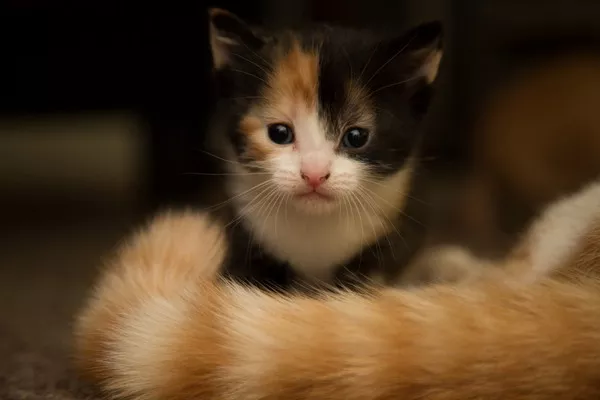British Shorthair cats are beloved pets for many reasons. They are intelligent, affectionate, and easygoing, making them a popular choice for families and individuals alike. However, like any cat, they can benefit from training to improve their behavior and maintain a healthy relationship with their human companions. Whether you’re a new or experienced cat owner, here are some tips and techniques for training your British Shorthair.
Understanding Your Cat’s Behavior
Before you begin training, it’s important to understand your British Shorthair’s natural behaviors and tendencies. They are generally laidback and adaptable, but can also be stubborn at times. They are also prone to becoming overweight if they don’t get enough exercise or if they overeat. Therefore, it’s essential to establish good habits early on, such as regular playtime and portion control. Additionally, British Shorthairs tend to be independent and may not respond well to traditional obedience training methods, so patience and positive reinforcement will be key.
Positive Reinforcement
Positive reinforcement is the best way to train your British Shorthair. This means rewarding desirable behavior with treats or praise, rather than punishing negative behavior. Cats respond well to positive reinforcement because it reinforces the bond between cat and owner, and helps them associate certain behaviors with positive outcomes. For example, if you want to encourage your cat to use a scratching post instead of your furniture, reward them with treats when they scratch the post. Similarly, if you want to discourage biting or scratching, redirect their attention to a toy or treat when they start to exhibit that behavior.
Basic Commands
While cats are typically less responsive to commands than dogs, there are still basic commands that you can teach your British Shorthair. These include “come,” “stay,” and “down.” To train your cat to come, call their name and reward them with a treat when they approach you. Repeat this process until they come to you reliably when called. To teach your cat to stay, start by asking them to sit, and then gradually increase the distance between you and the cat while rewarding them for staying in place. Finally, to teach your cat to go down, lure them with a treat and say “down” as they lower themselves to the ground. Reward them with the treat once they are lying down.
Litter Box Training
Litter box training is an essential part of owning any cat, and British Shorthairs are no exception. Fortunately, they are typically fastidious and easy to train. To start, provide a clean litter box in a quiet location, away from their food and water bowls. When your cat uses the box, praise them and offer a treat. If accidents occur outside of the litter box, clean up the area thoroughly and avoid punishing or scolding your cat.
Socialization
Socialization is important for all cats but especially for British Shorthairs, who tend to be more reserved and independent than other breeds. Introduce your cat to a variety of people and animals early on to help them feel comfortable and confident in different situations. Encourage interaction with other pets and people by using positive reinforcement, like treats and toys, to reward good behavior during these socialization exercises.
Exercise
British Shorthairs are generally less active than some other breeds, which can lead to weight gain and other health problems. Regular exercise is important to maintain their overall health and well-being. Provide plenty of toys and playtime to keep them mentally stimulated, and consider providing access to outdoor spaces if possible. As with any pet, it’s important to consult with a veterinarian before starting a new exercise routine.
Conclusion
Training your British Shorthair can be a rewarding experience for both you and your cat. By understanding their natural behaviors and tendencies, using positive reinforcement, teaching basic commands, litter box training, socialization, and exercise, you can help your cat develop good habits and maintain a healthy relationship with you. Remember to be patient and consistent, and always prioritize your cat’s well-being. With time and effort, your British Shorthair can become a well-behaved and beloved member of your family.



